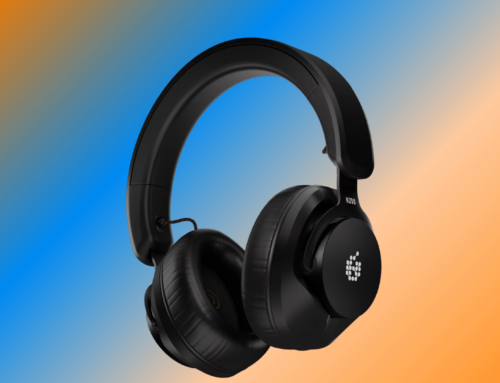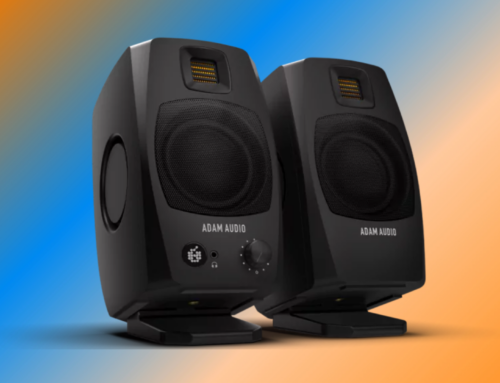iZotope’s Ozone 7 makes mastering cheating, straight up. The plug-in features a set of high-quality components that have an outstanding design, which is of great importance to any producer, an aspect we’d like to lay a great deal of emphasis on. The visual traits of DAW are of great importance for producers as it will define the way they will approach their music production, so does the design of a VST plug-in define its usage. So there’s no secret why some producers dedicated to a particular genre prefer a specific DAW.
Having mentioned the importance of the visual design of any piece of hardware or software, it is very important that the guys at iZotope have made a great improvement in this particular field, compared to the previous versions of the plug-in. There is a wide array of opportunities to choose from in terms of meters and general overview of the modules that the entire Ozone 7 consists of. The plug-in can chain up to 6 modules at a time and any of them can be muted or soloed. However some users have reported that it is unfortunate that the maximum capacity of modules that can be used at the same time is limited to 6.
What Ozone’s progression seems to emphasise on is universality. It is becoming more and more universal in its application and its end users don’t have to be sound physicists to master a track, as they unfold the simplicity of their latest product and make it much easier to achieve a good result, without spending years of learning and months of practice. It’s up to each and every one of us to decide whether that’s good or bad. However, Ozone 7 can be applied in mixing as well, and you can’t deny the benefits of this feature. Each component can be added to a separate mix bus and it has proven to be a rather unorthodox, but creative and effective mixing tool. Although the official website states that Ozone is no longer exclusively dedicated to mastering and they encourage their customers to apply Ozone for mixing purposes, we must all bear in mind that the latest version is merciless on the CPU, thus it’s sometimes unreasonable to use on separate strips, that pretty much depends on the capacities of your workstation.
Given the ongoing hype about everything that is vintage nowadays — vintage sound, vintage amps, vintage summing mixers and so forth, Ozone hopped on the “vintage” bandwagon and has presented their users with a product featuring analogue-directed characteristics. This is a new turn that Ozone 7 has taken and it mostly intends to emulate the sound of older compressors, deliver a rather analog sound to the mix with slight allusions to a tape-ish feeling. This innovation comprises a set of modules — an equaliser, a limiter, a set of delicious compressors, among which you’ll find a tape compressor as well, all carefully designed to deliver the best features of older hardware.
The new feature of Ozone’s modules is an upgraded IRC (Intelligent Release Control) algorithm, which they called IRC IV, along with the IRC presets and algorithms from previous versions. Basically, it works as a maximiser and a shaper at the same time, it allows laying an accent on particular parts of your mix, without damaging its other components. Say, you have a very loud kick or tom that sometimes overpower the high-end of the mix, i.e. pads or vocals, the IRC IV will give you a hand with properly shaping the mix so that the higher frequencies aren’t damaged by pumping kicks or baselines.
A distinctive trait of the latest Ozone is the Dynamic EQ that is now available for both Basic and Advanced licences. The peculiarities of the Dynamic EQ are that besides (obviously) being an equaliser, it also has a touch of compression and expansion to the track, and as mentioned previously, this module is designed so that it can reduce distortions in the higher end of the mix, but it will as well be able to brush the dust off a boring kick or snare drum if you find that your mix is a tad flat. The module has a great set of presets that will give colour to your mix.
To sum up, the seventh version of iZotope Ozone is an amazing “piece” of software that is currently a trendsetter in the business. The Standard licence offers a wide array of opportunities to a great spectrum of users. The Advanced package offers a great expansion to its possibilities, however none of those being indispensable. Ozone 7 is a great decision for anyone who is seriously considering to get into the mastering gig or taking the time to master their own material. Whatever your choice is, rest assured that there’s probably no other VST that can stand against the quality to price ratio of the latest iZotope Ozone product.
Taking Ozone’s evolution into account, it’s quite a mystery what the next edition will be like. As we’ve discussed previously, Ozone is slowly moving into a multi-purpose tool, so it would be relevant to ask what other realm will iZotope enter with this versatile VST plug-in in its next edition.




